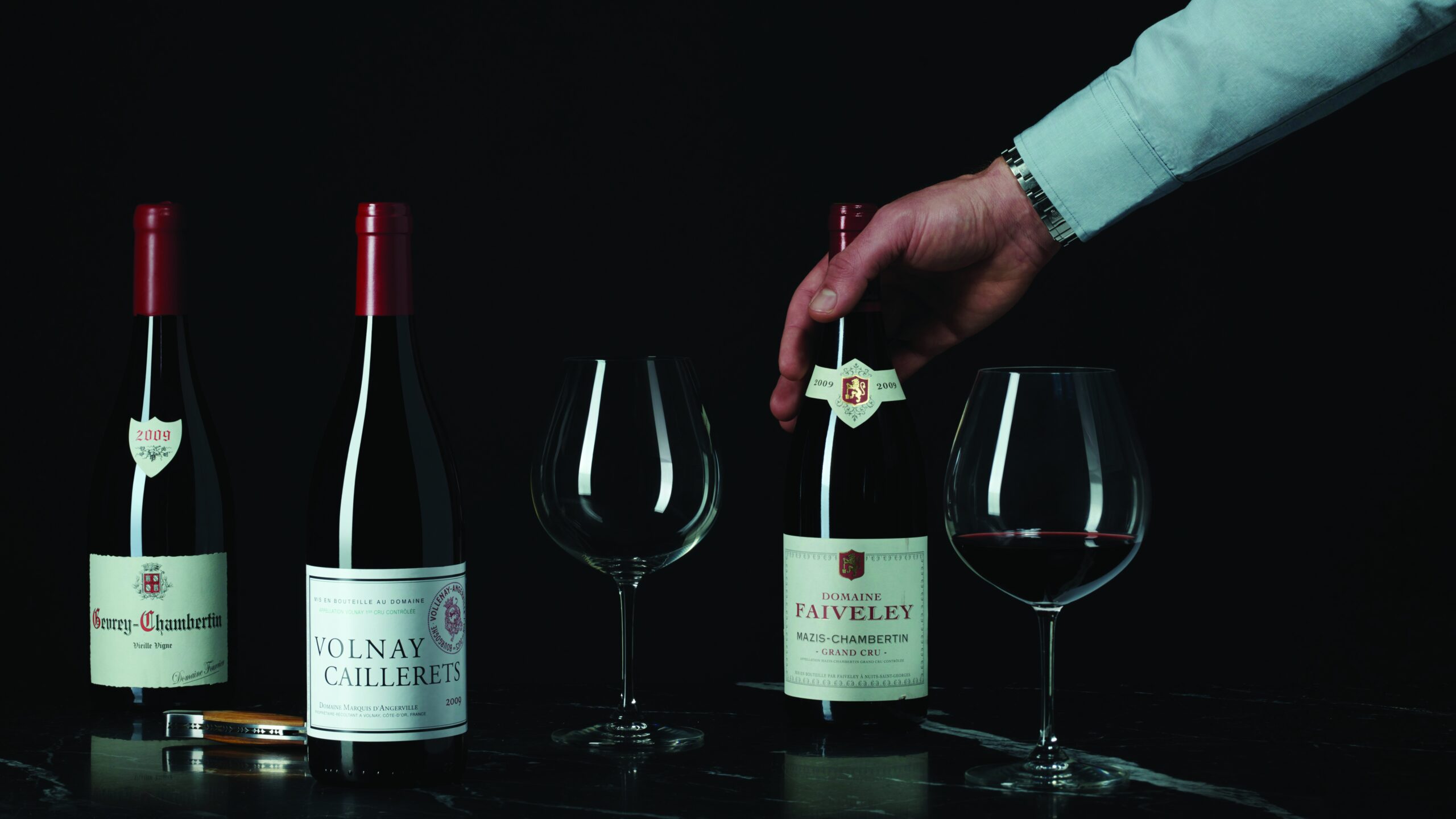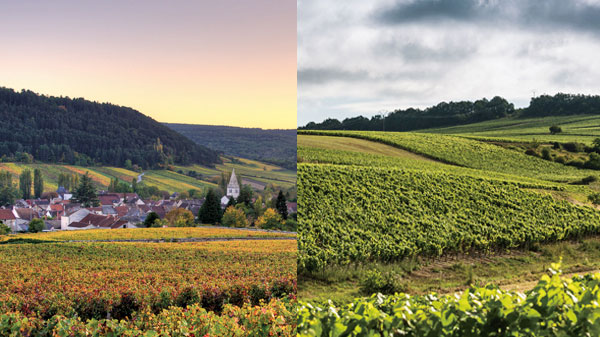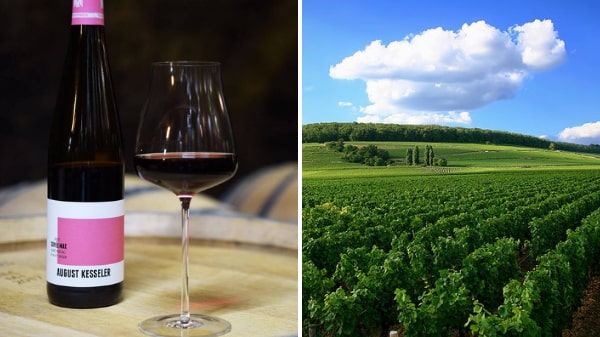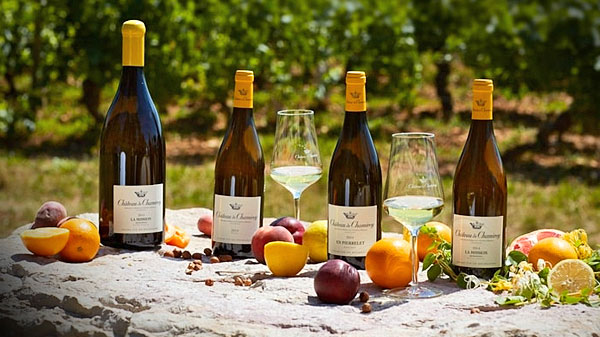Burgundy is one of the most prosperous regions of France, rich in culture, history and gastronomical delights. It is home to world-renowned wines that have soared in price and desirability over recent decades and particularly in the past two years. Pinot Noir (for reds) and Chardonnay (for whites) are the main grape varieties, though others are permitted.
The Bourgogne area comprises a patchwork quilt of myriad different terroirs, appellations and styles. According to George Lacey, Director and Head of Wine at Sotheby’s, Asia, this complexity previously put off consumers whose drinking experiences could be so variable from one producer or village to the next – but times have changed. “Collectors turned to Burgundy seeking elegance, finesse, a sense of individuality and precision, and discovered that the region could provide ethereal wines that show the epitome of these characteristics in spades,” he says.
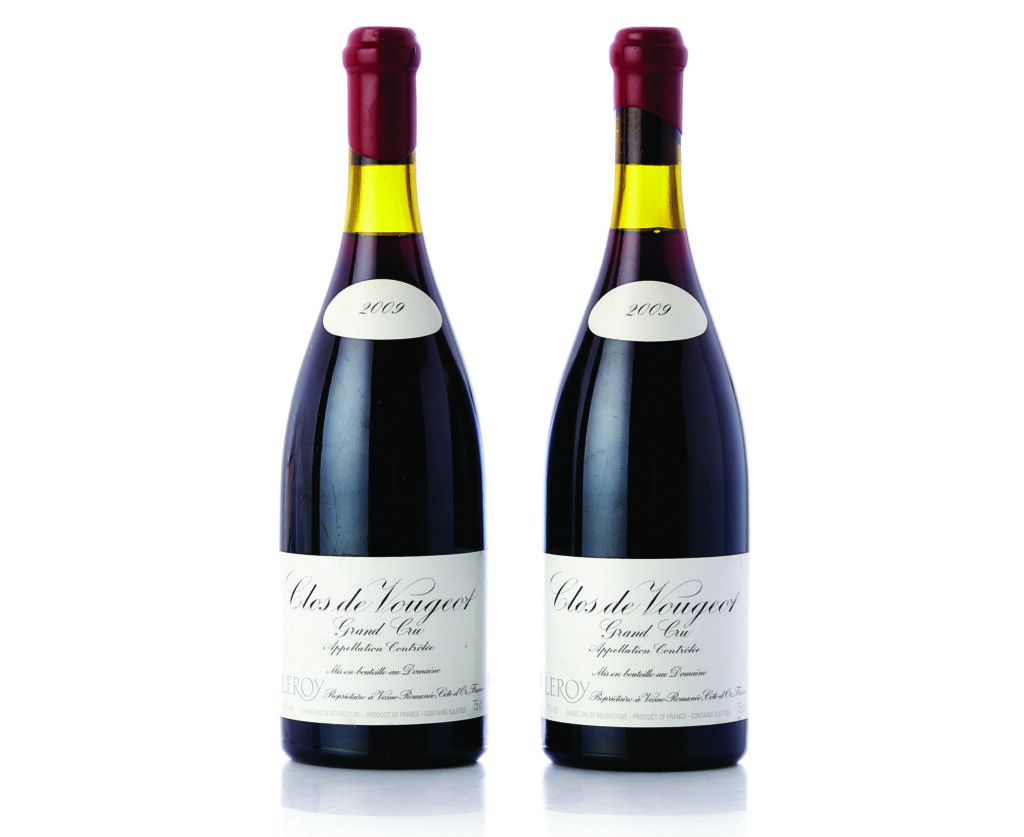
Scarcity value
The vast range of styles and expressions is down to the great number of small, family-owned domaines, producing microscopic quantities of wine from very low-yielding vines.
As Lacey explains, this small supply then drives up the scarcity value of its wines and has caused a rapid ascent in prices of Burgundy wine. He notes: “As with so many luxury commodities, the harder Burgundy has become to find, the more people want to find it!”
Sense of place
Lacey says Burgundy has been at the forefront of winemaking innovation and experimentation and historic producers are located almost side by side with some of today’s most boundary-pushing, next-generation experimental vignerons. He believes Burgundy has the perfect climatic conditions for the ‘capricious’ Pinot Noir grape to flourish. Chardonnay, on the other hand, is much easier to grow. Expressing itself in an enormous range of styles, this varietal is an incredible vector for the romantic notion of ‘terroir’, or a ‘sense of place’.
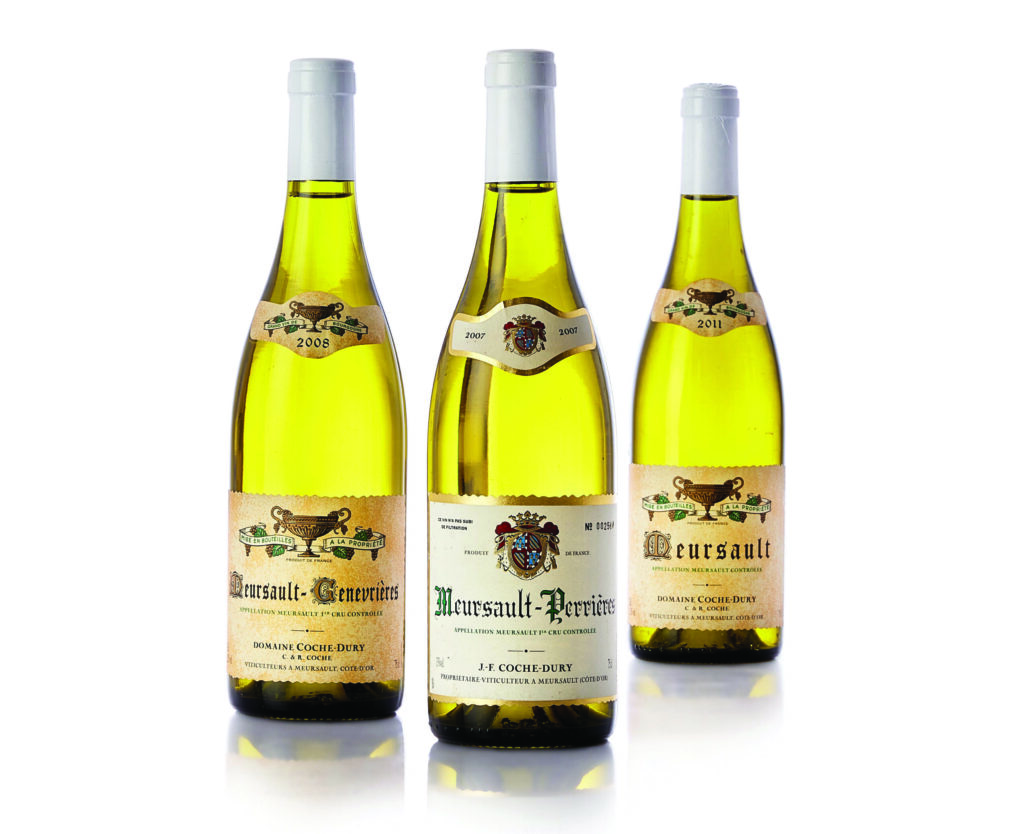
Fantastic individuality
Picking a favourite wine is almost impossible for Lacey. “To generalise, the reds are often characterised by beautifully bright, fresh red fruit and floral aromas becoming more savoury as they age with softer, dried petal and ‘sousbois’ [undergrowth] flavours coming to the fore. For the whites, Chardonnay expresses a huge variety of styles within the region from rich, unctuous, nutty and buttery Meursault to steely, mineral and linear Chablis, and everything in between,” he says
“If I had to choose a favourite, then for whites it would be majestic examples of mature 20-year-plus Raveneau Les Clos or Coche-Dury’s Meursault – some of the greatest examples of Chardonnay in the world. For reds, it would have to be the great Musigny vineyard from either Domaine Mugnier or Leroy. These encounters are becoming ever rarer, but I have had some of my most magical drinking experiences with them – not just for Burgundy but any wine worldwide.”
Compelling paradox
“For me, what makes the very best Burgundy so magical is their ability to become what we call ‘paradox wines’,” says Lacey. “They have an ability to express both weightlessness and intensity, power and elegance, complexity and finesse.”



